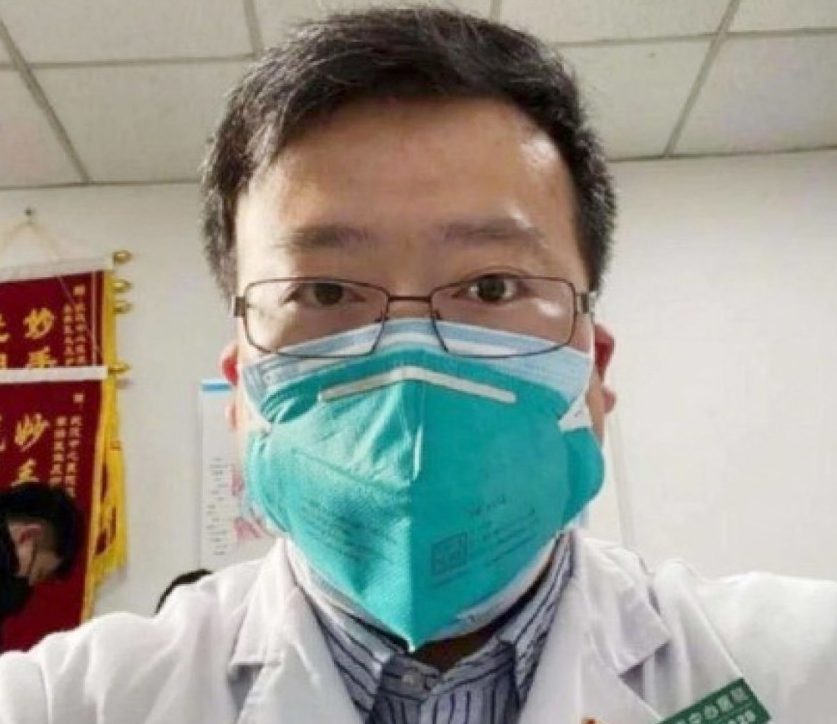On Friday, February 7th, Wuhan Central Hospital announced that one of their doctors had died from novel coronavirus (now COVID-19). Dr. Li Wenliang had been treating coronavirus patients previously and had contracted the virus during this time. Li had been one of the earliest whistleblowers about the illness, posting messages to his medical affiliates right after the virus broke out in December. However, the Wuhan police force immediately told him to take down his messages, saying that they were “rumor-mongering.” Li was just one of several medical professionals silenced by the Chinese government in an attempt to prevent widespread panic.
Due to his efforts in treating and spreading knowledge of the virus despite being silenced, many Chinese citizens were furious about Wenliang’s untimely death. China’s social platform, Weibo, was flooded with messages such as “I want freedom of speech” and “Wuhan government owes Dr. Li Weinlang an apology.” However, these messages were soon deleted from the platform thanks to China’s heavy censorship.
Dr. Wenliang’s death is just one of 2,600 from COVID-19 thus far. It has infected around 70,000 people as of February 24, with an approximate death rate of 2% (though this varies greatly by age group). The death rate for young and middle-aged adults is only around 0.2 to 1%. It is mostly seniors and people who are already ill who have a higher chance of dying (15%). Additionally, the United States has done a great job containing any cases of COVID thus far, having sent 21 back to their original countries and keeping the 14 infected American citizens in isolation. However, the outbreak has been affecting other countries much more severely. Travel bans are in place and will probably remain in place until the virus is considered under control. It’s hard to tell how long this will be, but until more information is released, it is important to stay alert, not panicked.

